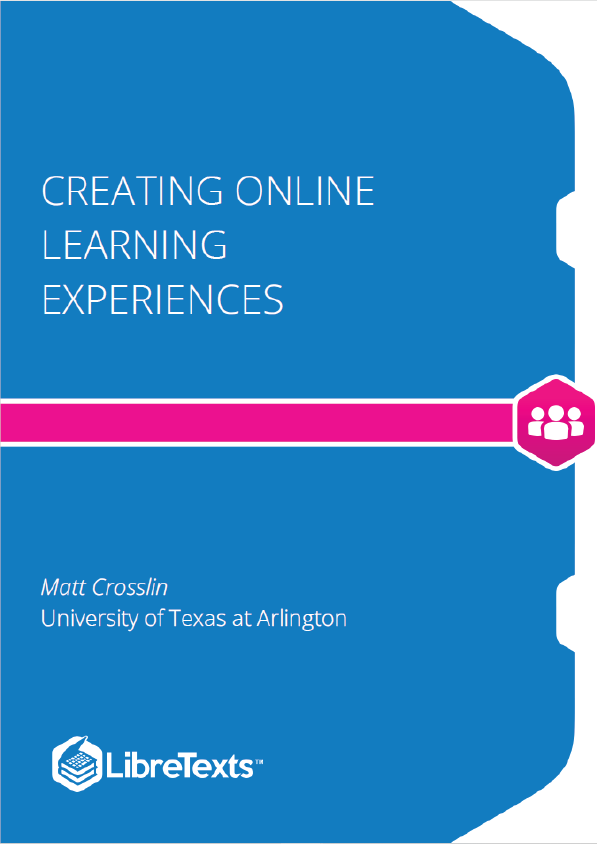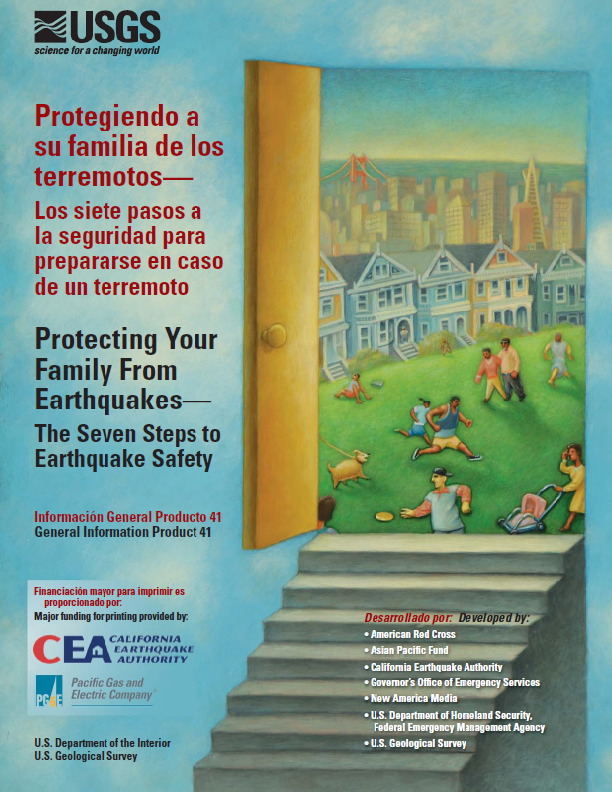The purpose of this book is to provide guidance and advice for instructors who would like to develop an online course. The overall goal is to provide some clarity about many of the steps required to propose and design a course, to describe the resources needed, and to explain the roles of the stakeholders. Online courses generally take much longer to develop than most people realize.
Instructor-Centered Versus Student-Centered
Most (but not all) courses tend to be either focused on the instructor as dispenser of knowledge, or the learner as self-guided constructor of knowledge. Many courses are a mixture of both, but gravitate towards one side or the other regardless. Courses of any size can be either student-centered or instructor-centered, so you will first need to decide which direction your course will (generally) take.
The more the instructor focuses on themselves as the center of the course (some refer to this as “sage on the stage”), the more students will rely on them as the one to tell them everything… and to fix everything. This can be overwhelming in MOOCs with thousands of learners, but acceptable in smaller online courses with manageable numbers (although many topics in any course can still work well in student-centered approaches). The goal of any course should be to push learners into a place of learning how to learn about the course topic, so they can become self-directed learners (Kop & Fournier, 2011). This can also pose challenges for learners who were taught to focus on the instructor as the center of the class, or as the person to answer all questions. Instructors might also find it difficult to release the control over the class by letting learners take control (also sometimes referred to as “guide on the side”). However, we encourage you to keep self-directed learning in mind and work to move your course or your learners in that direction as much as possible.
Additionally, the massive nature of MOOCs and some larger online courses dictates that instructors will not have time to be the core of the course. Therefore, the design of the course will need to focus (as much as possible) on how to create self-determined learners simply out of practicality. Learners will need to begin to see other learners and the Internet as communities that are a source of answers and support (Hew & Cheung, 2014). For example, some courses have had success with creating voting systems that allow learners to post questions in the discussion forums and then allow other learners to “upvote” the ones that are most important. The instructor then answers the top questions each week. Other courses have encouraged learners to ask questions through social media outlets such as Twitter or Facebook, allowing instructors and other learners to answer as they can. Both methods have pros and cons depending on instructor’s available time as well as personal viewpoints of each method (various strategies to support each method are covered in this book).
The main concept to keep in mind is that MOOCs and larger courses can quickly become very student-centered in nature due to their massive size, and this often represents a major shift in power and control dynamics for many instructors. Be prepared for this shift. Also keep in mind that when teaching at this scale, learners don’t need you to just convey a bunch of factoids that they can look up online or in a book. They will want you to show them how to take control of the overall direction of their learning, something that is often referred to as “self-directed learning.” This is yet another large shift for some instructors. If these shifts are new for you, you might want to look into a field called heutagogy, which is this the study of self-directed learning (Blaschke, 2012).











